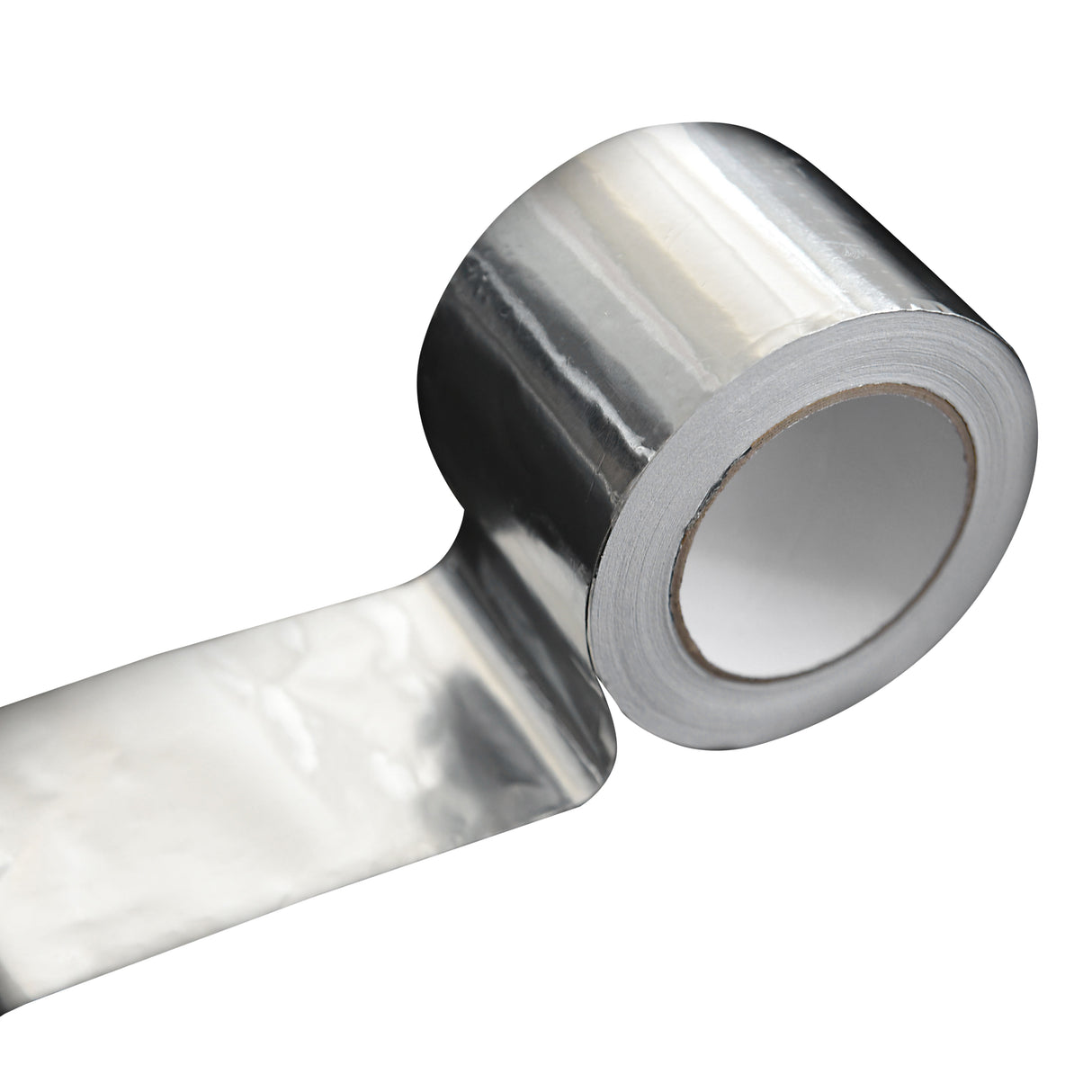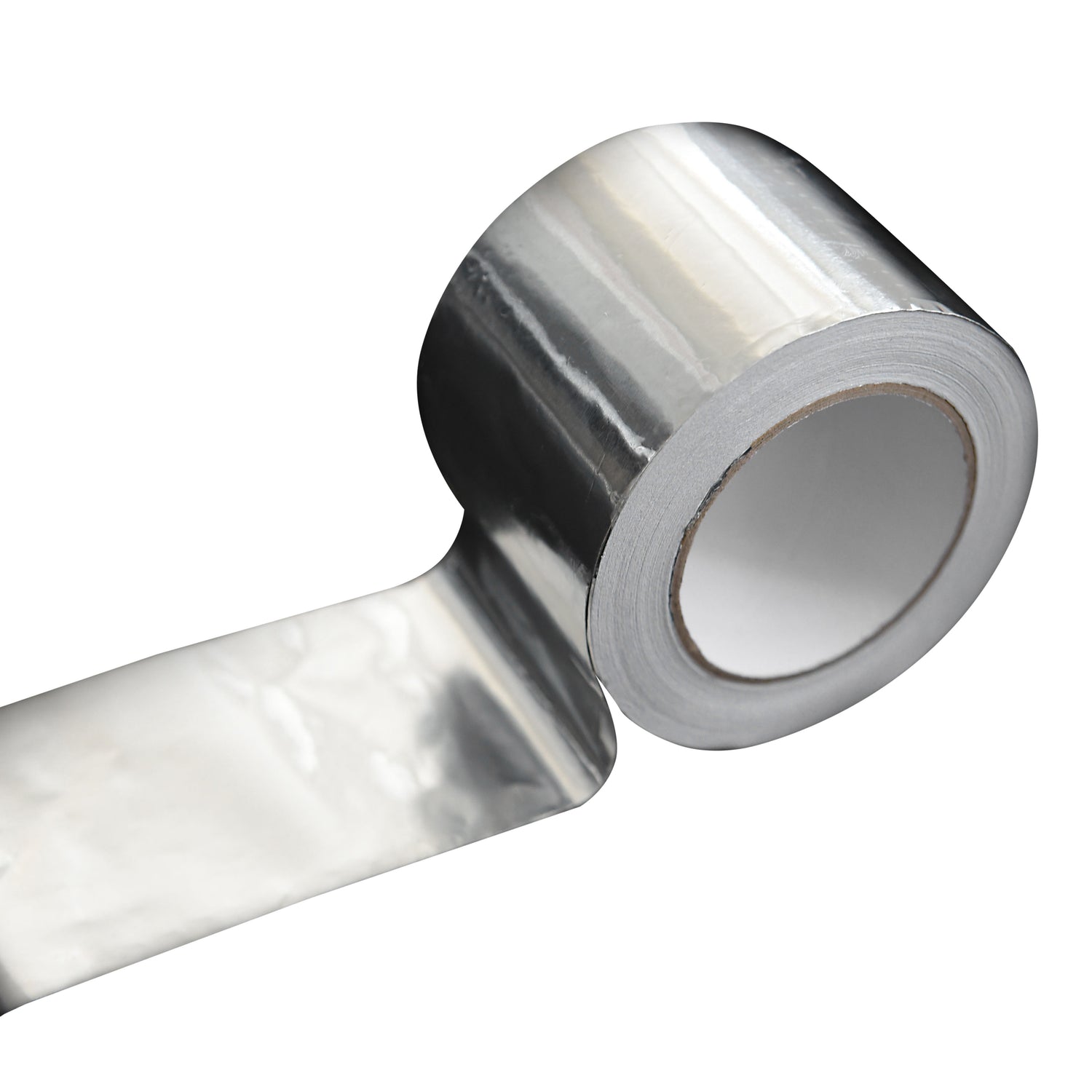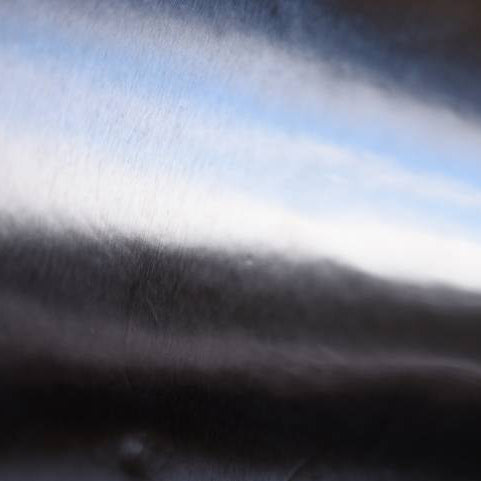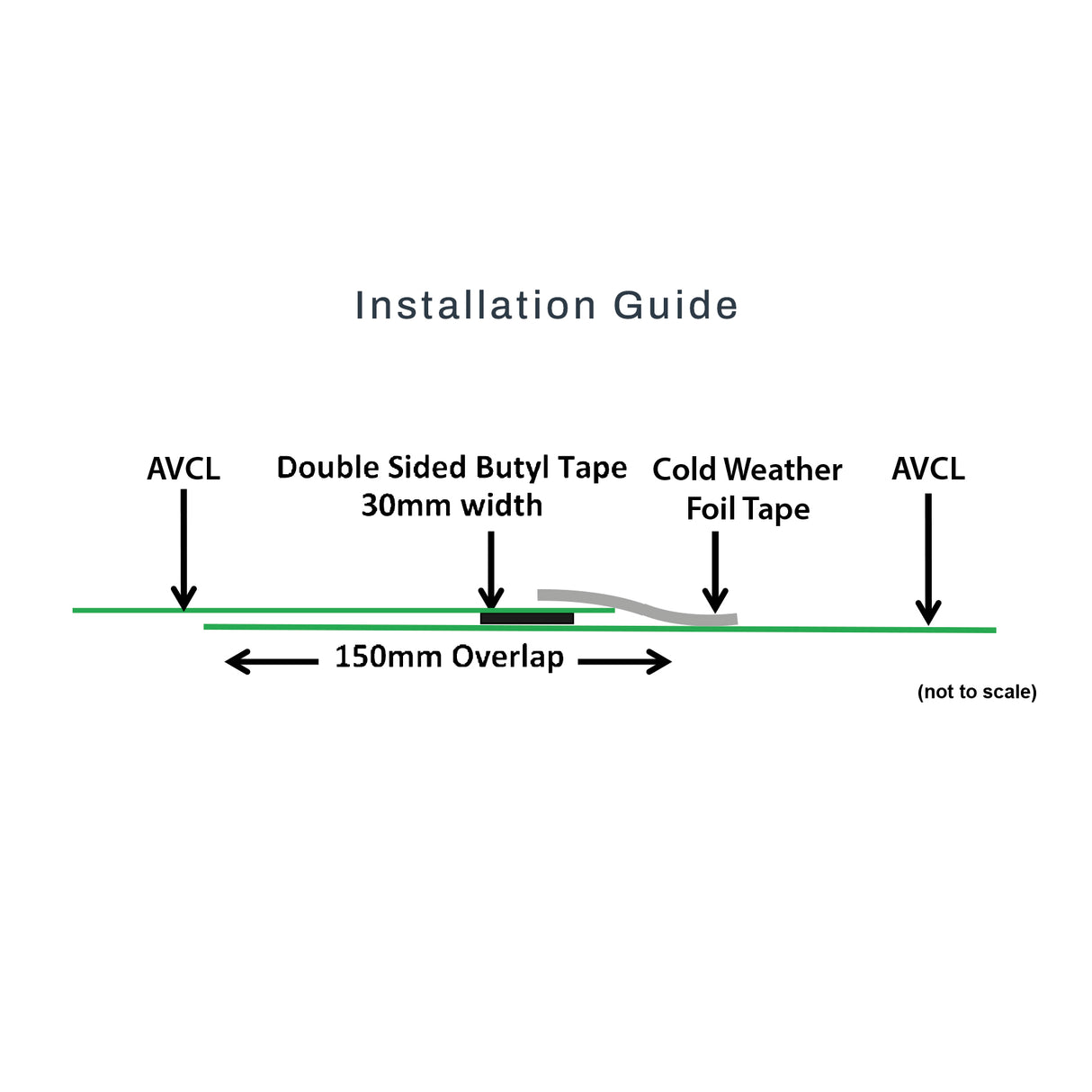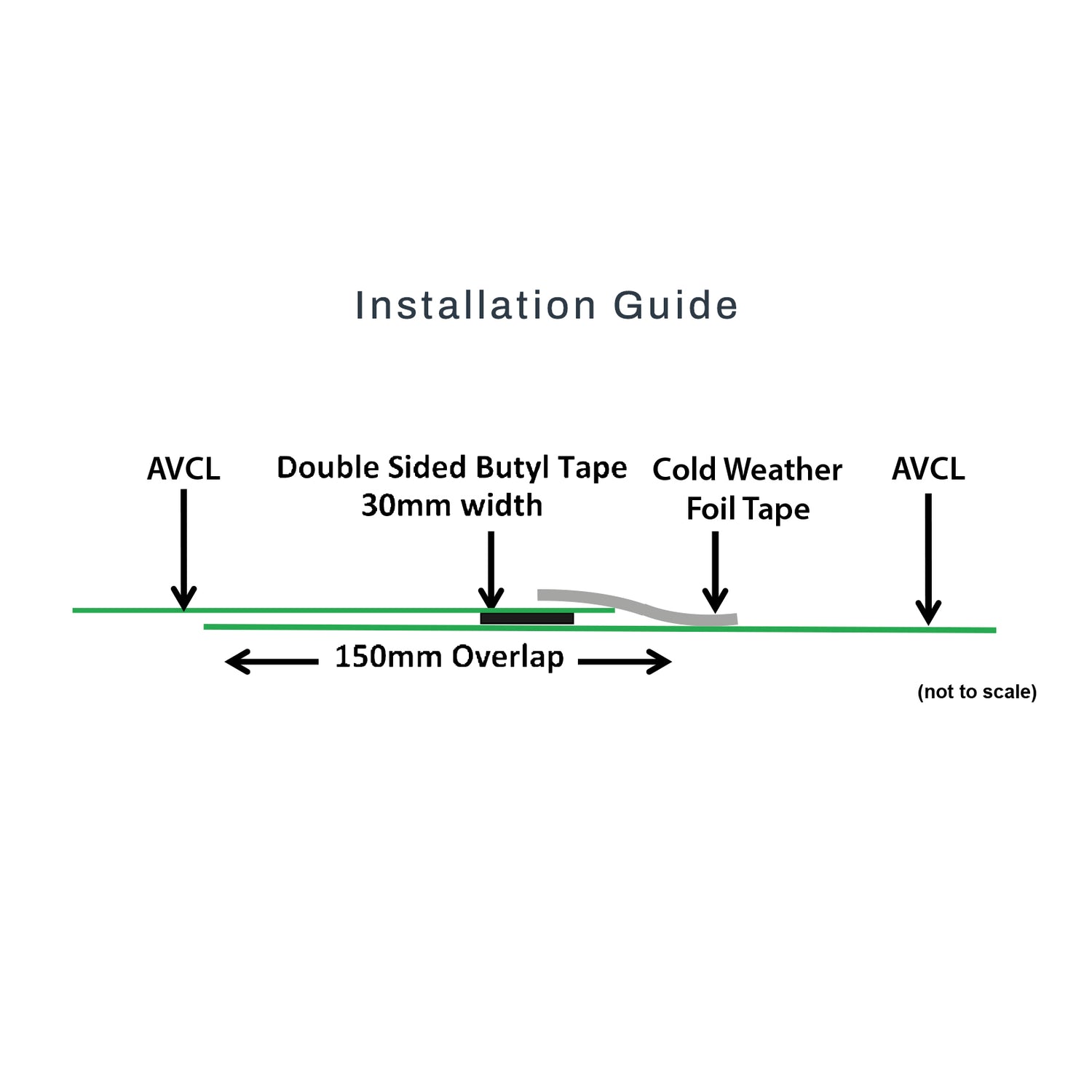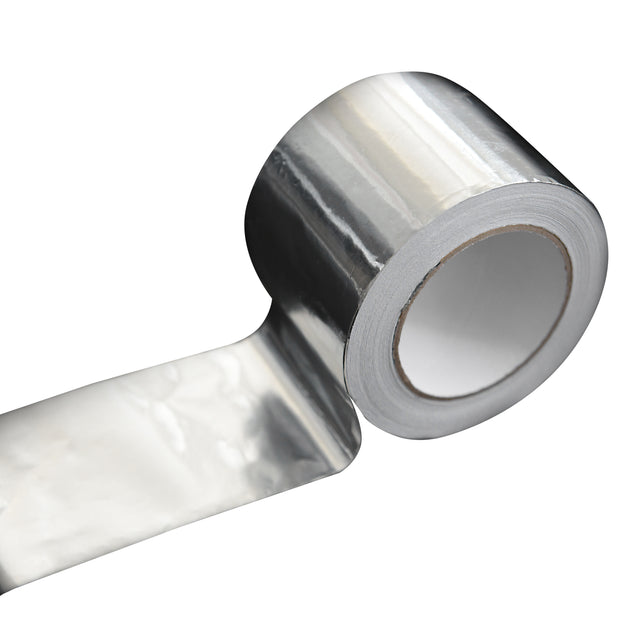Novia Aluminium Foil Lap Tape 45m (48mm, 72mm or 96mm)
Novia Aluminium Foil Lap Tape 45m (48mm, 72mm or 96mm) - 48mm is backordered and will ship as soon as it is back in stock.
The Novia Aluminium Foil Lap Tape is a high strength aluminium foil tape designed for use in applications reaching -20°C to seal edges and joins when fitting Air and Vapour Control Layers and Damp Proof Membranes. It is recommended to use in conjunction with an appropriate Butyl sealing tape. The 96mm wide option must be used with the Novia VC4000 FR Vapour Control Layer.
- Supplied in rolls
- 48mm, 72mm or 96mm wide
- 45m long
- High strength aluminium foil tape
| Thickness: | 70microns |
| Length: | 45m Roll |
| Width: | 48mm / 72mm / 96mm |
| Service Temperature: | -35 to +120⁰C |
| Application Temperature: | -20 to +40⁰C |
Data Sheets & Information
-
Size
-
Thickness
-
Length45m
-
Width48mm, 72mm, 96mm
Large Order or Specific Requirement?
CALL OUR TEAM
0115 6976 800

